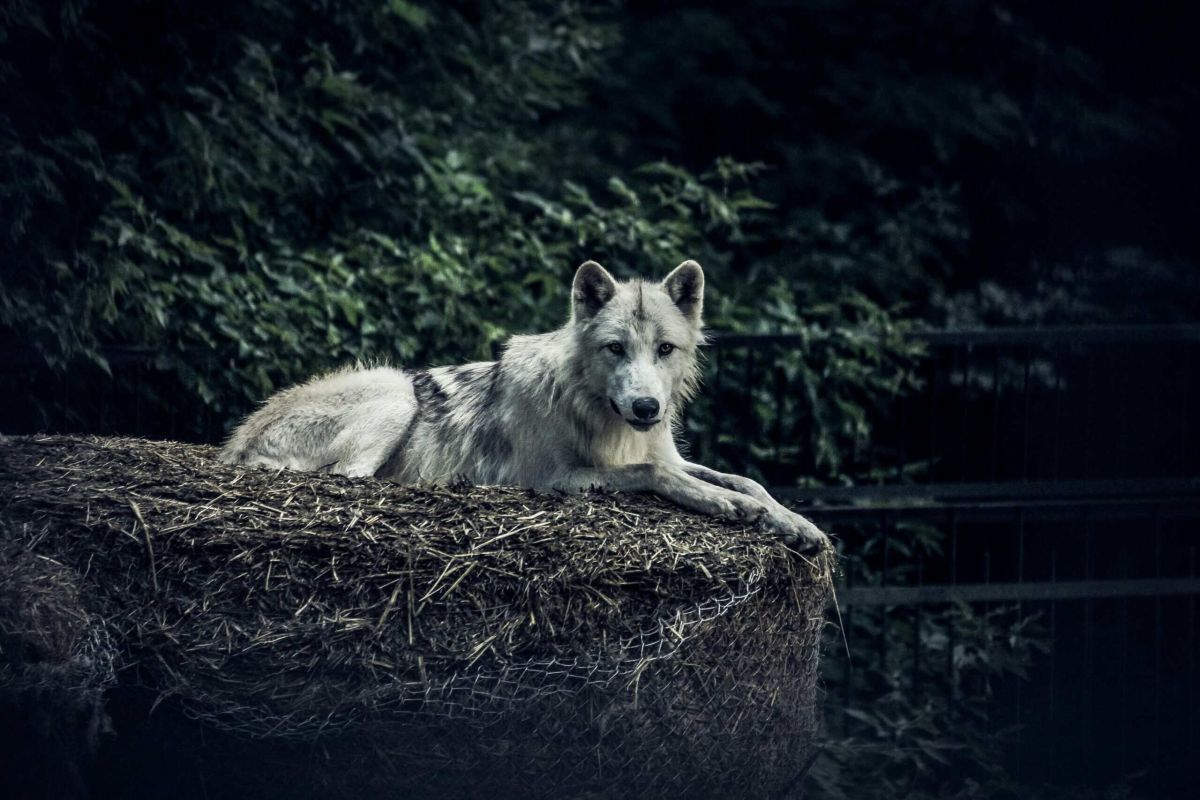Could the De-Extinction of Dire Wolves Save Big Cats?

The idea of resurrecting extinct species, once relegated to the realm of science fiction, is gaining traction. While the ethical and ecological implications are still hotly debated, one proposed de-extinction target, the Dire Wolf ( Canis dirus ), has sparked particular interest, especially regarding its potential impact on the conservation of endangered big cats.
Dire Wolves, larger and more robust than their modern Gray Wolf cousins, roamed North America for hundreds of thousands of years before disappearing around 13,000 years ago. Proponents of their reintroduction argue that they filled a vital niche as apex predators, controlling populations of large herbivores and mesopredators. This, in turn, could indirectly benefit struggling populations of big cats like the Florida Panther and the critically endangered Iberian Lynx.
The Ecosystem Connection:
The core argument rests on the principle of trophic cascade, a phenomenon where the addition or removal of a top predator triggers cascading effects throughout the food web. In the absence of effective apex predators, populations of herbivores like deer and feral hogs can explode. This leads to overgrazing, habitat degradation, and increased competition for resources with other herbivores.
For big cats already facing habitat loss and dwindling prey bases, this increased competition can be devastating. Mesopredators, like coyotes and foxes, can also thrive in the absence of a dominant predator, preying on smaller animals that would otherwise serve as food for big cats.
How Dire Wolves Could Help:
The reintroduction of Dire Wolves, with their size and pack hunting capabilities, could potentially reshape the ecosystem in ways that benefit big cats:
- Herbivore Control: By effectively controlling herbivore populations, Dire Wolves could allow for vegetation regeneration, providing more habitat and food for a wider range of species, including the prey animals of big cats.
- Mesopredator Regulation: Dire Wolves could suppress mesopredator populations, reducing predation pressure on the prey of big cats and minimizing competition for resources.
- “Fear Factor”: Even the presence of Dire Wolves could alter the behavior of herbivores, encouraging them to browse more carefully and move more frequently, preventing localized overgrazing and promoting habitat diversity.
Challenges and Considerations:
While the idea holds promise, the reintroduction of Dire Wolves is fraught with challenges:
- Genetic Feasibility: Creating a truly “authentic” Dire Wolf may be impossible. De-extinction efforts often rely on using the genetic material of the extinct species to modify a closely related living species. The resulting animal might be more of a “Dire Wolf analogue” than a perfect replica.
- Ecological Compatibility: The environment has changed significantly since the Dire Wolf disappeared. We need to carefully assess whether they can adapt to modern landscapes and compete with existing predators.
- Human-Wildlife Conflict: Managing potential conflicts between Dire Wolves and humans, particularly livestock owners, is crucial for the success of any reintroduction program.
- Disease Transmission: Introducing a new canid species could potentially introduce new diseases to existing wildlife populations, including big cats.
A Holistic Approach is Key:
Ultimately, the reintroduction of Dire Wolves should not be viewed as a silver bullet for big cat conservation. It’s just one potential component of a broader, more holistic approach that includes:
- Habitat Restoration and Protection: Safeguarding and restoring critical habitats for big cats and their prey.
- Anti-Poaching Efforts: Combating poaching and illegal wildlife trade.
- Community Engagement: Working with local communities to promote coexistence between humans and wildlife.
- Addressing Climate Change: Mitigating the impacts of climate change on big cat habitats and prey species.
Conclusion:
The prospect of bringing back Dire Wolves offers a glimpse into a potentially transformative approach to conservation. While the technical, ecological, and ethical hurdles are significant, the potential benefits for endangered big cats and the overall health of North American ecosystems warrant serious consideration and further research. By thoroughly evaluating the risks and rewards, and by integrating de-extinction efforts with existing conservation strategies, we may be able to unlock new tools for protecting biodiversity and restoring ecological balance in a rapidly changing world. The tale of the Dire Wolf’s return could ultimately be a story of hope for the future of our planet’s most iconic predators.



